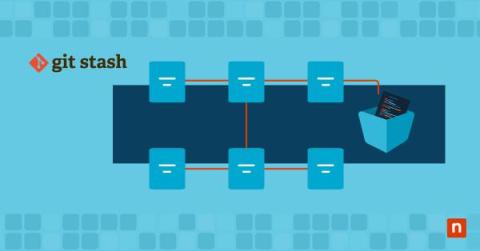The Power of Building a Blameless Culture in IT Operations
In the world of high-scale, high-availability, high-performance web applications, mistakes in IT operations are inevitable. Systems fail, bugs slip through, and outages occur. Your team's approach to responding to these incidents significantly impacts their overall productivity, morale, and effectiveness. Company culture, such as that associated with a blameless culture, is crucial to driving the behaviors that make your business a success.











